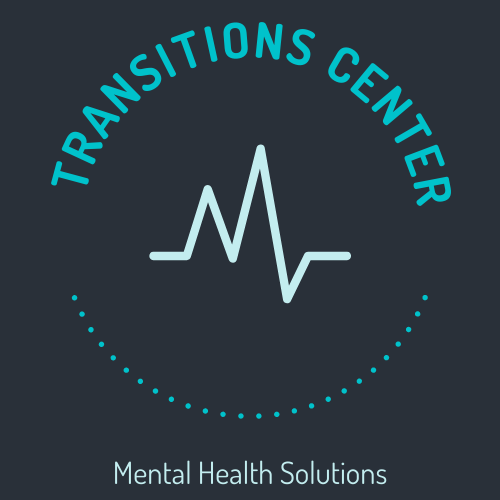Migraines are a debilitating neurological condition that affects millions of people worldwide. Characterized by intense headaches, sensitivity to light and sound, and sometimes accompanied by nausea and vomiting, migraines can significantly disrupt daily life and impact overall well-being. While there is no known cure for migraines, various treatment approaches can help manage symptoms and reduce the frequency and severity of attacks. One such approach is biofeedback therapy, which has gained recognition as an effective method for migraine management.
What Is Biofeedback Therapy?
Biofeedback therapy is a non-invasive technique that enables individuals to gain awareness and control over their bodily functions through the use of specialized equipment. It involves measuring physiological parameters such as heart rate, blood pressure, skin temperature, and muscle tension and providing real-time feedback to the individual. This feedback helps them learn how to self-regulate these bodily functions and ultimately reduce symptoms associated with various conditions, including migraines.
How Does Biofeedback Therapy Help Manage Migraines?
Biofeedback therapy can be particularly beneficial for individuals who experience migraines because it allows them to identify and address specific physiological responses and triggers associated with their headaches. By becoming more aware of these responses, individuals can learn techniques to modulate their bodily functions and potentially prevent or lessen the intensity of migraines.
One common biofeedback technique used in migraine management is electromyography (EMG), which measures muscle tension. High levels of muscle tension, especially in the head and neck, can contribute to migraines. Through EMG, individuals can visualize their muscle tension levels and learn relaxation techniques to reduce tension and minimize the likelihood of a migraine episode.
Another biofeedback method frequently employed is thermal biofeedback. It measures skin temperature, which tends to fluctuate during a migraine attack. By monitoring their skin temperature, individuals can recognize temperature changes associated with the onset of a migraine and employ techniques like thermal warming or cooling to regulate blood flow and potentially abort or mitigate the migraine.
Additionally, neurofeedback, a form of biofeedback that measures brainwave activity, has shown promise in managing migraines. By analyzing brainwave patterns, individuals can learn to recognize abnormal electrical activity that may precede a migraine and use techniques such as deep breathing, meditation, or visual imagery to modulate brainwave activity and potentially reduce the intensity or duration of migraines.
Benefits Of Biofeedback Therapy For Migraine Management
Non-Invasive And Drug-Free: Biofeedback therapy offers a non-pharmacological approach to managing migraines, making it an attractive option for individuals who prefer to minimize medication use or have concerns about potential side effects.
Self-Empowerment: Biofeedback therapy puts individuals in control of their treatment. By actively participating in the process and gaining a deeper understanding of their body’s responses, individuals can develop effective self-regulation techniques and take charge of their migraine management.
Long-Term Benefits: Biofeedback therapy equips individuals with lifelong skills to manage migraines. Rather than relying on temporary relief, individuals learn self-regulation techniques that can be used whenever needed, potentially reducing the frequency and severity of migraines in the long run.
Complementary To Other Treatments: Biofeedback therapy can be used alongside other conventional treatments for migraines, such as medication, lifestyle modifications, and stress management techniques. It can enhance the overall effectiveness of a multi-modal treatment plan.
Minimal Side Effects: Biofeedback therapy is generally safe and well-tolerated, with minimal side effects. It can be used by people of different ages, including children and older adults, without significant risks.
Consulting A Healthcare Professional
While biofeedback therapy shows promise in managing migraines, it is important to consult with a healthcare professional, preferably one experienced in biofeedback techniques, to develop an individualized treatment plan. A qualified professional can assess the suitability of biofeedback therapy based on a person’s specific condition and medical history, guide them through the process, and monitor progress over time.
In conclusion, migraines can significantly impact a person’s quality of life, but biofeedback therapy offers a valuable tool for managing this condition. By utilizing biofeedback techniques such as EMG, thermal biofeedback, and neurofeedback, individuals can gain greater control over their bodily responses and potentially reduce the frequency and severity of migraines. As a non-invasive and drug-free approach, biofeedback therapy empowers individuals to actively participate in their treatment, offering long-term benefits and complementing other migraine management strategies. If you suffer from migraines, consider exploring the potential benefits of biofeedback therapy with the guidance of a healthcare professional.
About The Authors
Are you or a loved one struggling with substance use disorder or other mental health conditions? You’re not alone. At Transitions Center for Natural Mental Health Treatments, we understand how complex and unique these issues can be. From physical dependencies to psychological challenges, each case requires a personalized approach. Our team is dedicated to providing top-notch care and support to help you or your loved one overcome these challenges and achieve lasting wellness. With our help, you can learn how to identify warning signs, cope with mental health disorders, and start on the path to recovery. Don’t wait any longer to seek the help you need – contact us today to learn more!
This article was written with the help of Mary Jane’s CBD Dispensary, a top CBD online. CBD products have worked with many people who have physical, mental or emotional disabilities. They are passionate about helping their customers find relief by providing them with quality-made CBD Hemp products that work best for their needs. If you need help finding the right product for your specific health concerns, check out their site today!

